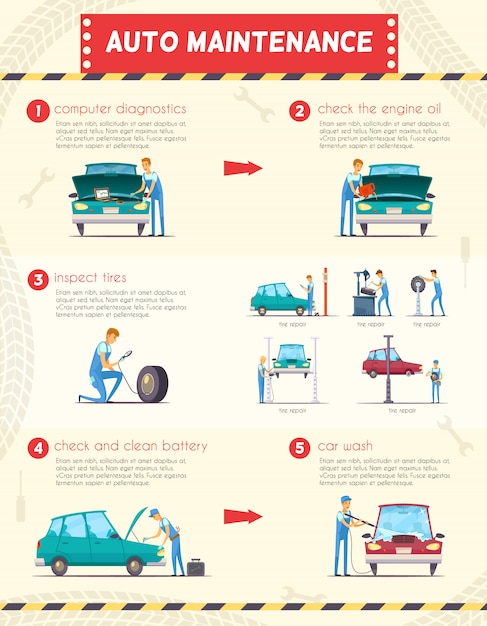Wondering About The Significance Behind Those Dashboard Warning Lights? Gain Understandings Into Their Effects For Your Automobile'S Safety And Upkeep
Wondering About The Significance Behind Those Dashboard Warning Lights? Gain Understandings Into Their Effects For Your Automobile'S Safety And Upkeep
Blog Article
Staff Author-Faulkner Kejser
When you lag the wheel, those beautiful caution lights on your control panel can be a bit difficult. Do you understand what they're trying to tell you concerning your vehicle's wellness? Comprehending the value of these lights is crucial for your safety and the longevity of your lorry. So, the following time one of those lights appears, would not you want to analyze its message precisely and take the necessary steps to resolve it?
Common Warning Lights and Interpretations
Determine usual caution lights in your automobile and understand their definitions to guarantee secure driving.
https://tire-choice-auto-service51728.worldblogged.com/37024672/a-key-resource-highlighting-the-vital-tools-in-every-car-repair-work-workshop-clarifying-the-techniques-for-reliable-automobile-care of the most typical caution lights include the check engine light, which signals issues with the engine or exhausts system. If this light begins, it's critical to have your lorry examined immediately.
The oil pressure alerting light suggests reduced oil stress, needing instant focus to stop engine damages.
A flashing battery light could recommend a damaged billing system, potentially leaving you stranded if not resolved.
The tire pressure tracking system (TPMS) light notifies you to low tire stress, influencing automobile security and gas effectiveness. Overlooking this might result in hazardous driving conditions.
The abdominal muscle light indicates an issue with the anti-lock stopping system, compromising your capability to stop swiftly in emergency situations.
Finally, the coolant temperature cautioning light warns of engine overheating, which can cause serious damages if not resolved quickly.
Comprehending these common caution lights will assist you deal with issues quickly and keep risk-free driving problems.
Significance of Prompt Attention
Comprehending the typical warning lights in your car is only the initial step; the relevance of quickly resolving these cautions can't be emphasized sufficient to ensure your safety and security when traveling.
When a caution light illuminates on your control panel, it's your vehicle's means of interacting a prospective concern that requires attention. Neglecting engine wash can bring about more severe problems in the future, compromising your safety and security and potentially costing you a lot more out of commission.
Prompt attention to alerting lights can protect against failures and mishaps. As an example, a blinking check engine light might show a misfire that, if left ignored, can create damage to the catalytic converter. Addressing this promptly can save you from an expensive fixing.
Similarly, a brake system warning light may signify reduced brake liquid or worn brake pads, vital parts for your security when driving.
DIY Troubleshooting Tips
If you observe a warning light on your control panel, there are a few DIY repairing tips you can try before seeking specialist help.
The primary step is to consult your auto's manual to recognize what the certain caution light suggests. Often the issue can be as simple as a loose gas cap setting off the check engine light. Tightening the gas cap may fix the problem.
One more usual problem is a low battery, which can set off different cautioning lights. Examining the battery links for rust and ensuring they're safe and secure might repair the trouble.
If a warning light persists, you can attempt resetting it by separating the automobile's battery for a few minutes and then reconnecting it. In addition, inspecting your car's liquid degrees, such as oil, coolant, and brake fluid, can help repair cautioning lights connected to these systems.
Final thought
In conclusion, recognizing your car's caution lights is important for maintaining your lorry running efficiently and securely. By without delay dealing with these alerts and recognizing what they imply, you can prevent costly fixings and prospective failures.
Bear in mind to consult your auto's guidebook for certain details on each cautioning light and take action as necessary to guarantee a trouble-free driving experience.
Remain informed, remain safe when driving!
